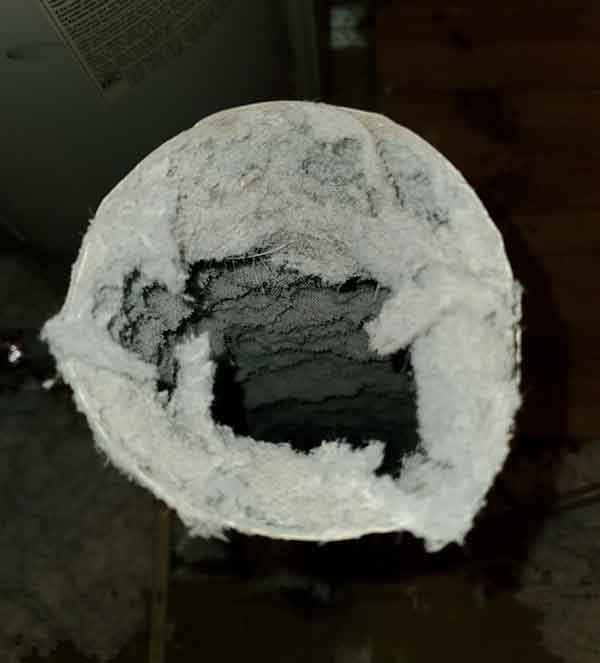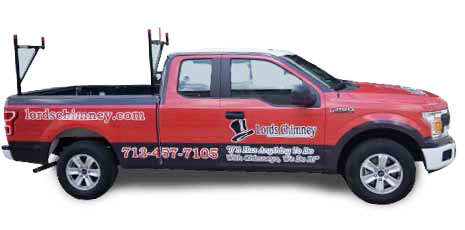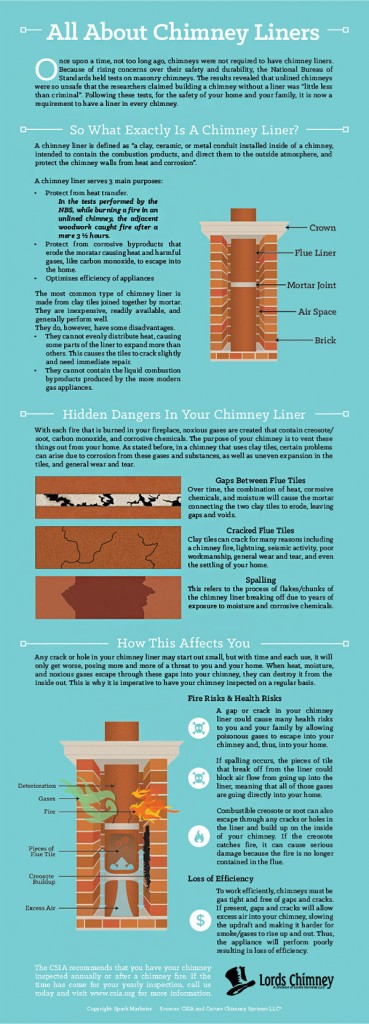Fire Safety & Maintenance
Keeping the focus on safety
Our clients’ safety is important to us, and at Lords Chimney, we want to do everything we can to help you minimize the possibility of fire hazards in or around your chimney system, from regular chimney maintenance to necessary repairs. That also includes helping you develop short-term and long-term fire safety plans that add up to a cleaner and better-performing system.
Maintenance Sets The Stage

This list of smart practices will help you continue using your heating appliance as safely as possible.
Every Time You Use Your Fireplace
Use the right fuel
Wet or green wood results in an increase in creosote in your flue, and more creosote means a bigger chance of creosote ignition. Use kiln-dried or seasoned firewood (or make sure you dry your own wood for at least a year before using it) — that helps you achieve the optimum small, hot fire, creating the lowest levels of creosote. Stay away from burning trash, Christmas trees, cardboard boxes or anything else that isn’t seasoned firewood, too — and never ever try to speed up lighting your fire by using any kind of flammable liquid.
Don’t leave your fire unattended
If you’re burning wood, it takes a while for the fire to thoroughly extinguish. Don’t leave a smoldering fire alone — if sparks or embers get out of the firebox or another problem arises, you need to be there to handle it.
Use a spark screen
Fireplace screens are affordable and useful — placed in front of the fire, they can create a barrier between flames/embers and your living area and the people and pets in it.
Keep things clean
Make sure you clean wood ash regularly, in the right way: Deposit ash in a metal bucket, and allow it to cool completely before disposing of it a safe distance away from your home. Whatever fuel you’re burning, keep the area around your fireplace or stove clean — keep a good distance between the appliance and anything flammable, from furniture and window coverings to decorative items.

Things You Should Schedule Annually
Chimney sweeping
Creosote will build up as you use your wood fireplace or stove, and it needs to be regularly removed from your flue for both safety and performance reasons. A cleaner flue is a safer and a more efficiently venting flue, and Lords Chimney can help.
Chimney inspections
If something goes wrong in your chimney system, you want to know about it — damaged parts and components can lead to leaks and water damage, dangerous carbon monoxide leaks and fire hazards. So keeping up with your recommended annual chimney inspection is important.
If a cracked flue liner, third stage creosote or any other issue is limiting your chimney’s safety and efficiency, Lords Chimney can find the problem and suggest and complete the work necessary to fix it.
Don’t Forget About Your Dryer Vents!
We talk a lot about fire safety associated with fireplaces, stoves and chimneys, but your dryer vent needs your attention too. Lint-clogged dryer vents can become a serious fire hazard — according to estimates from the National Fire Protection Association, dryers or washing machines were involved in nearly 17,000 home fires in 2010, and the most prominent cause of those fires was a failure to clean.
As you use your dryer, lint slowly builds up along the ducts, and over time, that build-up can begin to constrict the vent. That blockage allows heat to build up, and since lint is extremely flammable, that heat can cause it to ignite.

Keeping your dryer vents clean limits that possibility — and Lords Chimney can help with dryer vent cleaning services.
If you have any questions about safer fireplace, stove and chimney practices – or dryer vents – Lords Chimney is always here to help. Just give us a call!





